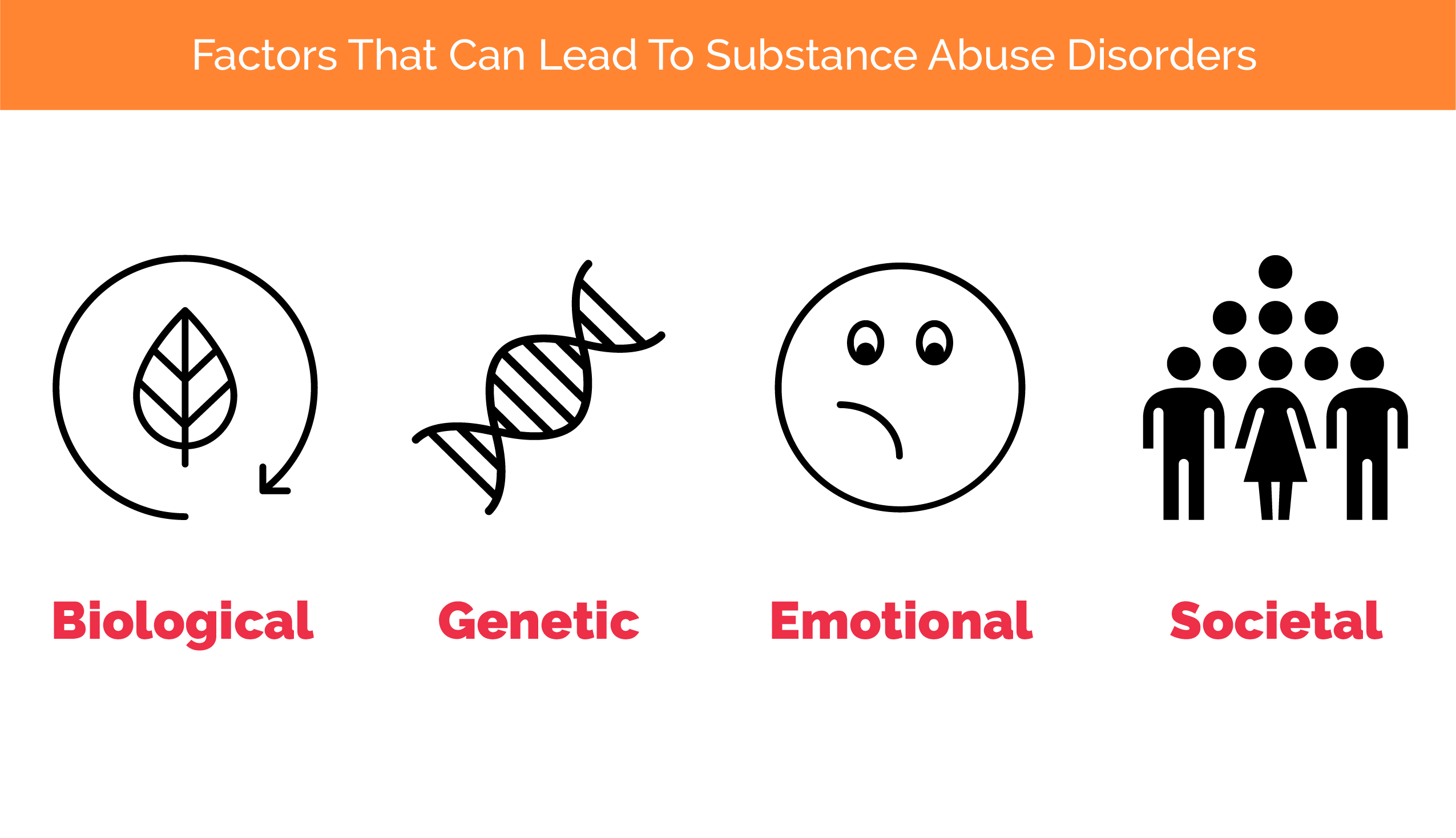350); this notably negative outlook might discuss the results. A variation of Rogers' method has been established in which customers are straight responsible for determining the objectives and objectives of the treatment. Known as Client-Directed Outcome-Informed treatment (CDOI), this method has been used by numerous drug treatment programs, such as Arizona's Department of Health Providers. Psychoanalysis, a psychotherapeutic approach to habits modification developed by Sigmund Freud and modified by his fans, has also used a description of substance usage. This orientation recommends the primary cause of the dependency syndrome is the unconscious requirement to entertain and to enact various sort of homosexual and perverse fantasies, and at the exact same time to avoid taking duty for this.
The addiction syndrome is also assumed to be associated with life trajectories that have happened within the context of teratogenic processes, the phases of that include social, cultural and political factors, encapsulation, traumatophobia, and masturbation as a kind of self-soothing. Such a technique lies in stark contrast to the methods of social cognitive theory to addictionand indeed, to habits in generalwhich holds people to control and control their own ecological and cognitive environments, and are not simply driven by internal, driving impulses. Furthermore, homosexual content is not linked as a necessary feature in addiction. A prominent cognitive-behavioral method to addiction recovery and treatment has been Alan Marlatt's (1985) Regression Avoidance approach.

Self-efficacy refers to one's capability to deal properly and successfully with high-risk, relapse-provoking situations. Outcome span refer to a person's expectations about the psychoactive results of an addicting compound. Attributions of causality describe a person's pattern of beliefs that regression to drug usage is an outcome of internal, or rather external, short-term causes (e. g., allowing oneself to make exceptions when faced Visit this site with what are judged to be uncommon scenarios). Lastly, decision-making processes are linked Drug Detox in the relapse procedure as well. Substance usage is the result of several decisions whose collective effects lead to an usage of the intoxicant.
For instance: As an outcome of heavy traffic, a recuperating alcoholic may choose one afternoon to exit the highway and travel on side roadways. This will lead to the production of a high-risk situation when he understands he is inadvertently driving by his old favorite bar. If this individual has the ability to employ successful coping strategies, such as distracting himself from his yearnings by switching on his preferred music, then he will avoid the relapse risk (COURSE 1) and increase his efficacy for future abstinence. If, nevertheless, he does not have coping mechanismsfor circumstances, he may start ruminating on his cravings (COURSE 2) then his effectiveness for abstinence will reduce, his expectations of positive outcomes will increase, and he might experience a lapsean separated return to substance intoxication.

This is an unsafe path, Marlatt proposes, to full-blown regression. An additional cognitively-based design of substance use healing has actually been offered by Aaron Beck, the father of cognitive therapy and championed in his 1993 book Cognitive Treatment of Compound Abuse. This treatment rests upon the assumption addicted individuals have core beliefs, often not available to immediate awareness (unless the client is also depressed). These core beliefs, such as "I am unwanted," trigger a system of addicting beliefs that lead to envisioned anticipatory benefits of substance use and, consequentially, craving. As soon as yearning has actually been activated, liberal beliefs (" I can deal with getting high just this one more time") are assisted in.
The cognitive therapist's task is to uncover this underlying system of beliefs, analyze it with the client, and consequently show its dysfunction. Similar to any cognitive-behavioral treatment, homework tasks and behavioral exercises serve to solidify what is discovered and discussed throughout treatment. [] A growing literature is showing the value of feeling policy in the treatment of substance use. Considering that nicotine and other psychedelic substances such as cocaine trigger similar psycho-pharmacological pathways, an emotion policy approach might be appropriate to a large selection of compound use. Proposed designs of affect-driven tobacco usage have actually focused on unfavorable reinforcement as the primary driving force for dependency; according to such theories, tobacco is used since it assists one escape from the unfavorable effects of nicotine withdrawal or other unfavorable state of minds.
6 Easy Facts About Where To Rent Rehab Therapy Equipment Described
Mindfulness programs that motivate clients to be familiar with their own experiences in the present moment and of feelings that emerge from thoughts, appear to prevent impulsive/compulsive responses. Research also suggests that mindfulness programs can minimize the intake of compounds such as alcohol, cocaine, amphetamines, marijuana, cigarettes and opiates. People who are diagnosed with a mental health disorder and a simultaneous compound usage condition are referred to as having a dual medical diagnosis. For example, someone with bipolar affective disorder who also has an alcohol usage disorder would have double diagnosis. In such celebrations, two treatment plans are required with the mental health condition requiring treatment initially.
Behavioral designs make usage of principles of functional analysis of drinking behavior. Habits models exist for both working with the person utilizing the compound (community reinforcement approach) and their family (neighborhood support technique and family training). Both these designs have actually had substantial research study success for both efficacy and effectiveness. This model lays much focus on making use of analytical techniques as a way of assisting the addict to conquer his/her addiction. Barriers to accessing drug treatment may intensify negative health outcomes and additional exacerbate health inequalities in the United States. Stigmatization of substance abuse, the War on Drugs and criminalization, and the social determinants of health should all be thought about when talking about access to drug treatment and potential barriers.
Other barriers to treatment include high expenses, absence of customized programs to resolve particular needs, and requirements that need individuals to be home, abstinent from all compounds, and/or used. (See low-threshold treatment and real estate initially for more context on the latter point.) Further, barriers to treatment can differ depending on the geographical place, gender, race, socioeconomic status, and status of previous or current criminal justice system participation of the person seeking treatment. In spite of continuous efforts to fight dependency, there has actually been evidence of clinics billing patients for treatments that might not ensure their healing. This is a significant problem as there are numerous claims of scams in drug rehabilitation centers, where these centers are billing insurer for under providing much needed medical treatment while stressful clients' insurance coverage benefits - how did you beat a functioning drug addiction without rehab?.
Under the Affordable Care Act and the Mental Health Parity Act, rehabilitation centers have the ability to expense insurance provider for substance use treatment. With long wait lists in limited state-funded rehabilitation centers, questionable personal centers rapidly emerged. One popular design, called the Florida Design for rehab centers, is frequently Additional resources criticized for deceptive billing to insurance provider. Under the guise of assisting patients with opioid dependency, these centers would use addicts totally free rent or up to $500 per month to remain in their "sober homes", then charge insurer as high as $5,000 to $10,000 per test for simple urine tests.